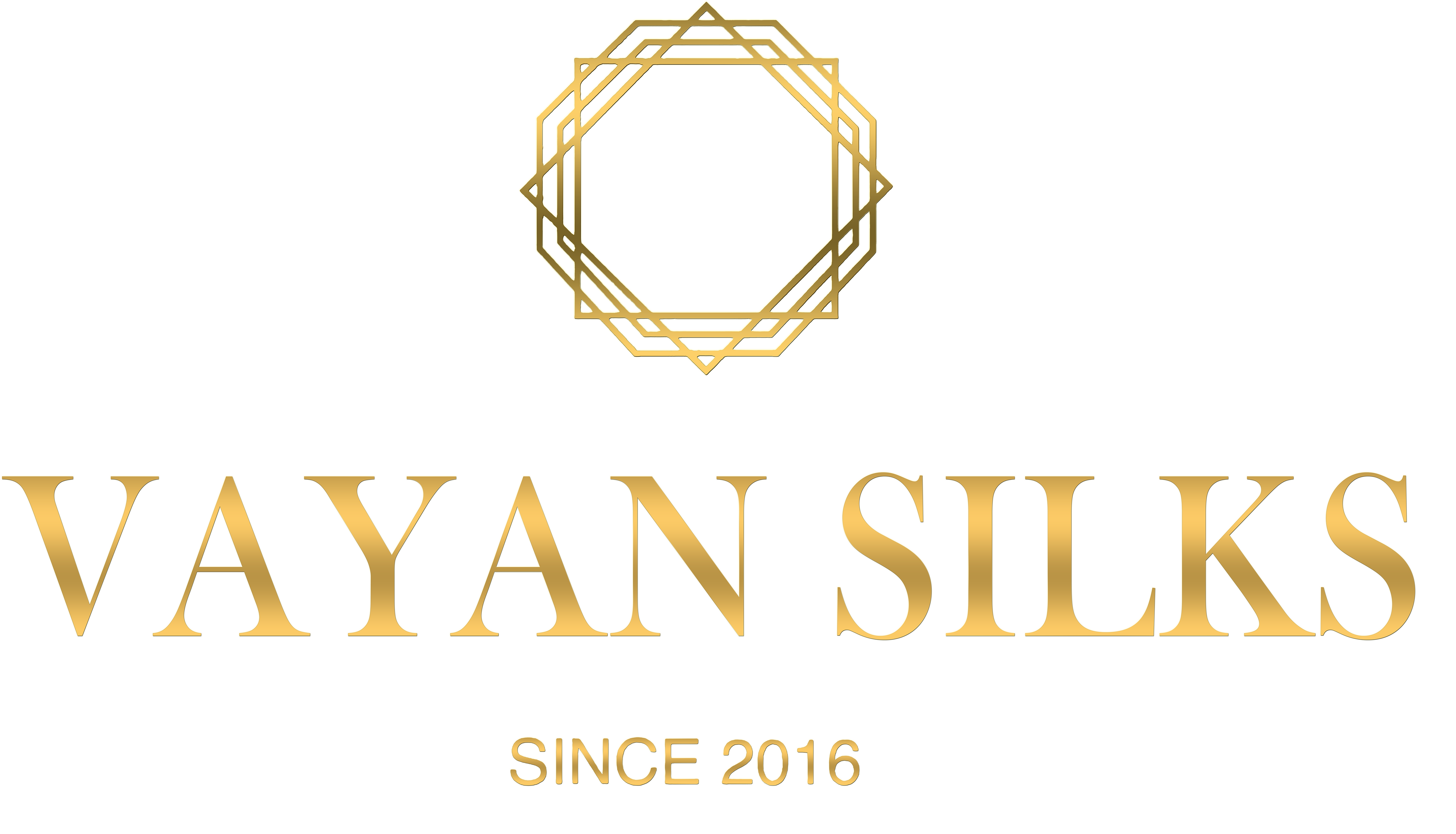Chattisgarh is highly famous for its Kosa Silk.
A) Origin of Kosa Silk
The word Kosa is derived from the Sanskrit word meaning silk. This Silk (The Finest Silk From Chhattisgarh) is created by small silkworms when they feed on the mulberry fruit and produce a kind of fine silk. This fine thread is then used to make the famous silk cloth mostly used for sarees. Kosa silk is drawn from the cocoons on the Saja, Arjun and Sal trees. It is obtained from an Indian silkworm Antheraea mylitta. This silk has great recognition for its softness and elegance. Because of its shine, luster, and softness, Kosa is quite extensively used for manufacturing traditional Indian sarees.
B) Process of Kosa Silk
Each cocoon woven by the kosa silkworm yields 1-2 grams of raw silk yarn, equivalent to about 300 yards of thread. Depending on the design it takes weavers around 3 to 10 days to weave one Saree (46’’ X 168”). The step by step process is
Step 1) Cocoon cultivation – The cocoons are beige in color, with a golden tinge to it. The natural shades of this silk are honey, cream, and light gold.
Step 2) Thread making – This is done individually by thread makers and also in clusters.
Step 3) Weaving – every woven motif has a symbolic significance. Much of it is ritualistic and religious. These motifs are designed by weavers on a graph paper.
Step 4) Dying – the woven sarees are further dyed in Natural & chemical dyes. Depending on the end product.
Step 5) Printing/ Embroidery – The plain-woven sarees are now used for Hand block printing, hand painting, hand embroidery or machine embroidery.
Step 6) Calendaring – the saree is passed through a Calendaring machine. This machine has two rollers that apply high pressure onto the fabric and thus the fabric gets straightened and flat. This gives shine and finishes to the fabric.
Step 7) Silkmark – The Silkmark is a quality assurance label for the assurance of pure silk. It is aimed at the protection of the consumer’s interests. The Silkmark is a Registered Trademark. Not all the weavers qualify for it. So, whenever customers shop this gives an edge.
C) Community background of Kosa Silk
Bilaspur, Korba, Churi, Chanderpur, Sarangarh, Raigarh, Champa of Chhattisgarh are known for Kosa silk and its produce by Dewangan community. The production of Silk is the main livelihood for some of the villagers in the nearby districts and many of them have now started running units for producing Silk Sarees and dress materials for export.
D) The purity of Kosa silk
When a few threads of the Kosa silk (The Finest Silk From Chhattisgarh) are burnt and they leave a black residue with an unpleasant odor, the fabric is supposed to be pure. However, if it leaves an ash-like residue, then the fabric is considered to be mixed with either cotton or polyester and hence not pure Kosa silk. Due to the rarity of the kosa worm and the laborious cost of cultivating it, the raw silk yarn is often blended with cotton or polyester.
E) Gheecha Silk
At times the moth emerges out from the Kosa fal and ideally this kind of cocoon is not suitable for the extraction of fine Kosa filaments. So, this is used to produce the Gheecha yarn. The filaments are forcefully pulled off the surface of the broken Kosa fal. This is a by-product of Kosa fal and is commonly used in Phera & Khapa sarees.
Most preferred to be worn during religious ceremonies and auspicious occasions, Kosa silk occupies the pride of place in every Chhattisgarh home. Today, Kosa silk has crossed the nation’s borders and is highly sought after by designers in the US, Europe, and the Middle East, too.





